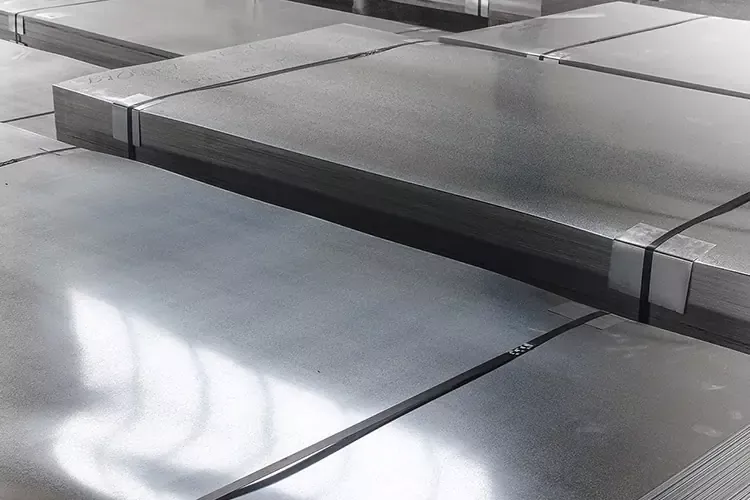Although the rapid tooling technology, developments, and processes have transformed over the years, the very foundation of why this manufacturing process came about is still the same. That is the challenge to make a functional prototype and the method to produce them in small quantities fast and at low cost.

Although the rapid injection tooling technology, developments, and processes have transformed over the years, the very foundation of why this manufacturing process came about is still the same. That is the challenge to make a functional prototype and the method to produce them in small quantities fast and at low cost.
This challenge has paved the way for many methods of rapid tooling that has become either a success or a failure. Since these methods are very specific and were not used from application to application, it restricted the definition of rapid as a niche specific method, which is not true. When many people using the specific rapid tooling methods in other projects with little success, rapid tooling was deemed very limited in its capacity.
The poor performance feedback, however, helped in improving the process. Now we can debunk these myths and give light to the issues that have beleaguered the rapid tooling industry
Tool modifications cannot be done in rapid tooling
This is not true. In fact, the materials used in rapid injection tooling can accommodate various design modifications. This can be an advantage because now customer is able to spend less money and time in making modifications in the prototype molds rather than changing the production molds. These changes have a wide range of modifications, and if you have the prototype of the exact material specs and form, you can test them in with real elements.
Rapid tooling cannot capture undercuts
This is not true. You can design side pulls, side cuts and undercuts in the rapid tool as these features can be taken with manual slides and hand-pick out. If you make the hand pick-outs manual, it can further lower the cost and delivery time. However, this is more favorable to the customer but not to the supplier. The reason is that it can add complication to the mold assembly, its design and machining process.
Rapid tooling cannot make clear parts
This is not true. Just like in a production mold, as a secondary procedure, you can make transparent or clear parts in the aluminum molds. The materials that are frequently used are acrylics and polycarbonates.
Rapid tooling is just for prototypes and low volumes
High volume is actually a subjective term because there is no standard quantity for high volume. Rapid tooling can produce as many 500 without many rejects as compared to 50,000 pieces with higher reject ratio. In the end, you will have higher productivity with rapid tooling.
Rapid tooling cannot handle large parts
Again just like in terms of production volume, this term is relative. You cannot use one standard unit of measure across different industries. On the average, many parts can still fit a certain dimension. Doing this in rapid tooling will allow more cost savings and reduced lead times.
Rapid tooling cannot accommodate engineering grade materials
Using rapid tooling will allow you to sample your chosen material in the production molds. You can use engineering grade materials like PVC, Peek, Ultem, glass-filled Nylon and others in this process. You can heat and cool them, meeting the processing requirements. Every day, many exotic and filled materials are used to make a functional prototype and low-volume production parts.
Today, technology plays an important role in giving rapid tooling its advantage. The CAD has the ability to streamline the process along with the use of high-speed machining; all of these has enabled mold makers to respond to orders quickly and debunked the myths that are hounding rapid tooling for ages.










